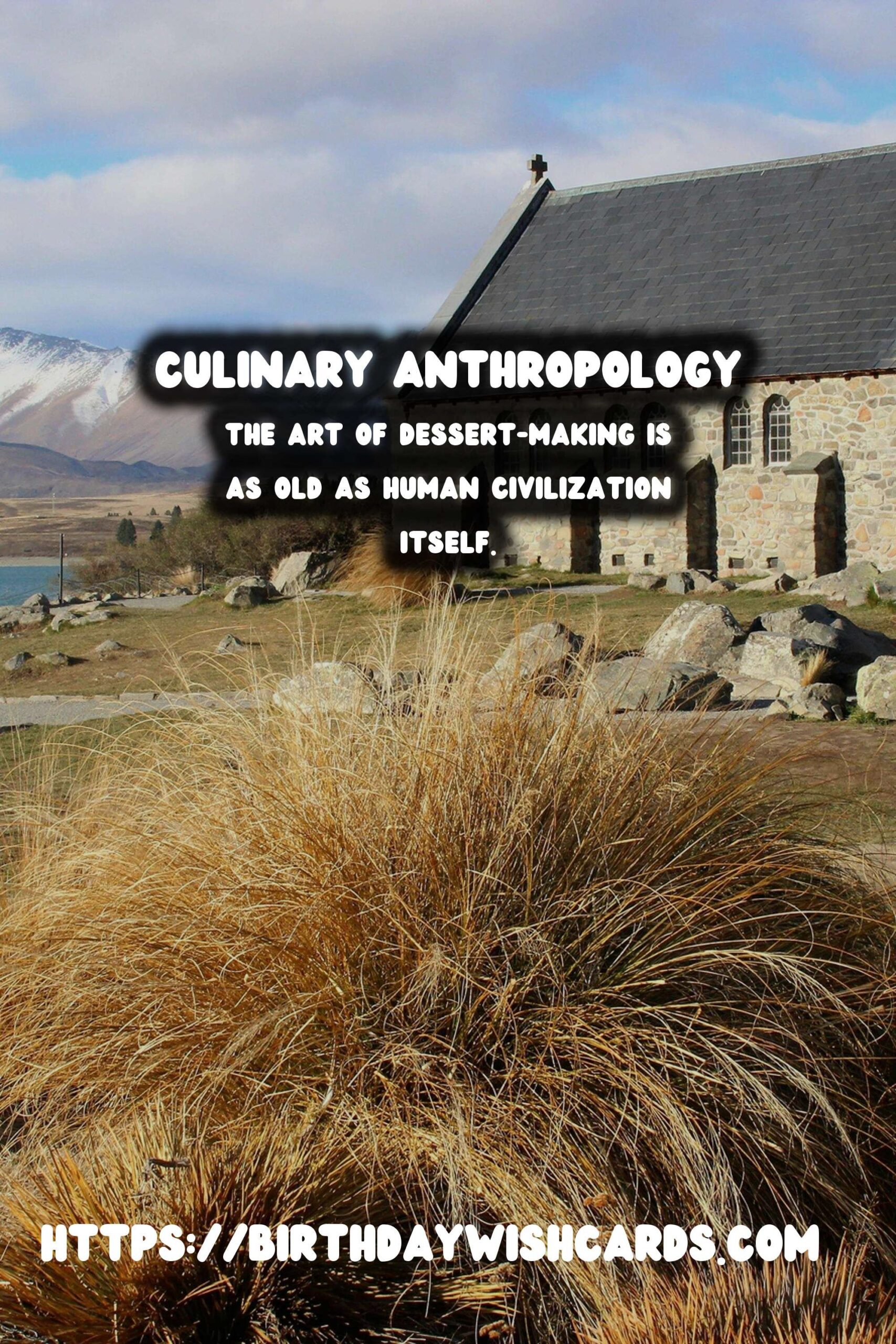
The art of dessert-making is as old as human civilization itself. As societies evolved, so did their culinary expressions, leaving us with the diverse and sumptuous array of desserts we cherish today.
Ancient Beginnings: The Dawn of Dessert
The history of desserts can be traced back to ancient civilizations where simple sweet concoctions were created using natural sweeteners such as honey and fruit. In ancient Egypt, a beloved treat was a cake made of honey and dates. Similarly, the Greeks and Romans were known for their sweet delicacies, often indulging in honey-drenched pastries.
Historians suggest that the concept of dessert wasn’t defined in those times as it is now. Instead, sweet treats were consumed throughout the day as energy-boosting snacks or in celebrations and rituals.
Medieval Era: The Sweet Revolution
As we move into the medieval era, desserts transformed significantly with the introduction of sugar from the Middle East. Sugar wasn’t just a luxury but a symbol of wealth and power, often reserved for the upper classes. This period saw the invention of marzipan and gingerbread, both considered luxuries.
Another significant development during this time was the use of spices and nuts, leading to more complex flavor profiles in desserts. The combination of sugar and spice was enjoyed in sumptuous pies and cakes, which became great favorites at feasts.
Renaissance and Enlightenment: A Blooming Era for Sweets
The Renaissance brought new artistic inspirations that influenced culinary creations. European countries such as France and Italy began to view food, especially desserts, as forms of art. The birth of sugar sculptures, intricate cakes, and rich custards marked this era.
Coffee, tea, and chocolate were introduced to Europe during this period, each accompanied by its set of sweet accompaniments. Chocolate, particularly, gained immense popularity, leading to innovative creations like puddings and mousses.
Industrial Revolution: The Democratization of Dessert
The industrial revolution was a turning point for dessert history. Technological advancements in farming and processing made sugar more accessible, bringing desserts to the masses. The invention of the ice cream churn in the 19th century turned this once-exclusive delicacy into a beloved treat for all people.
Furthermore, the rise of bakeries and patisseries allowed for the wide dissemination of creative confections such as eclairs, tarts, and cookies.
Modern Day: A Global Dessert Culture
Today, desserts are a global phenomenon, drawing upon centuries of innovation and cultural exchange. In the contemporary culinary scene, traditional desserts continue to evolve, integrating diverse ingredients and techniques from around the world.
From matcha-flavored treats to gluten-free pastries, modern consumers seek both nostalgia and novelty in their desserts. The rise of culinary anthropology as a discipline helps us better understand how desserts shape and reflect cultural identities.
Conclusion: An Ever-Evolving Sweet Legacy
Desserts have certainly come a long way from early civilizations to our modern culinary experiences. They tell stories of trade, colonization, and the blending of cultures. As new ingredients and technologies emerge, the future of desserts promises to be just as exciting and delicious.
The art of dessert-making is as old as human civilization itself. From matcha-flavored treats to gluten-free pastries, modern consumers seek both nostalgia and novelty in their desserts. 
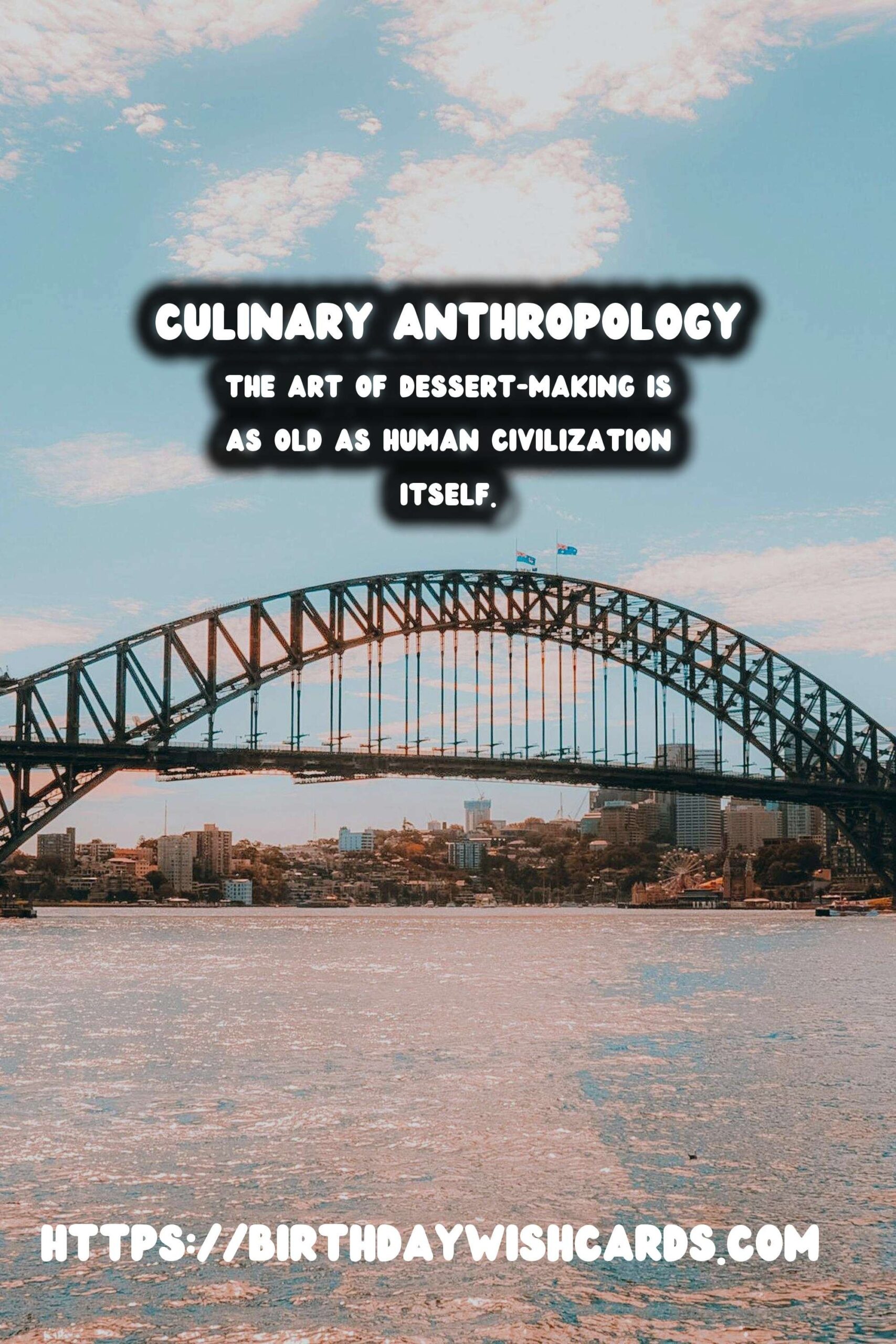
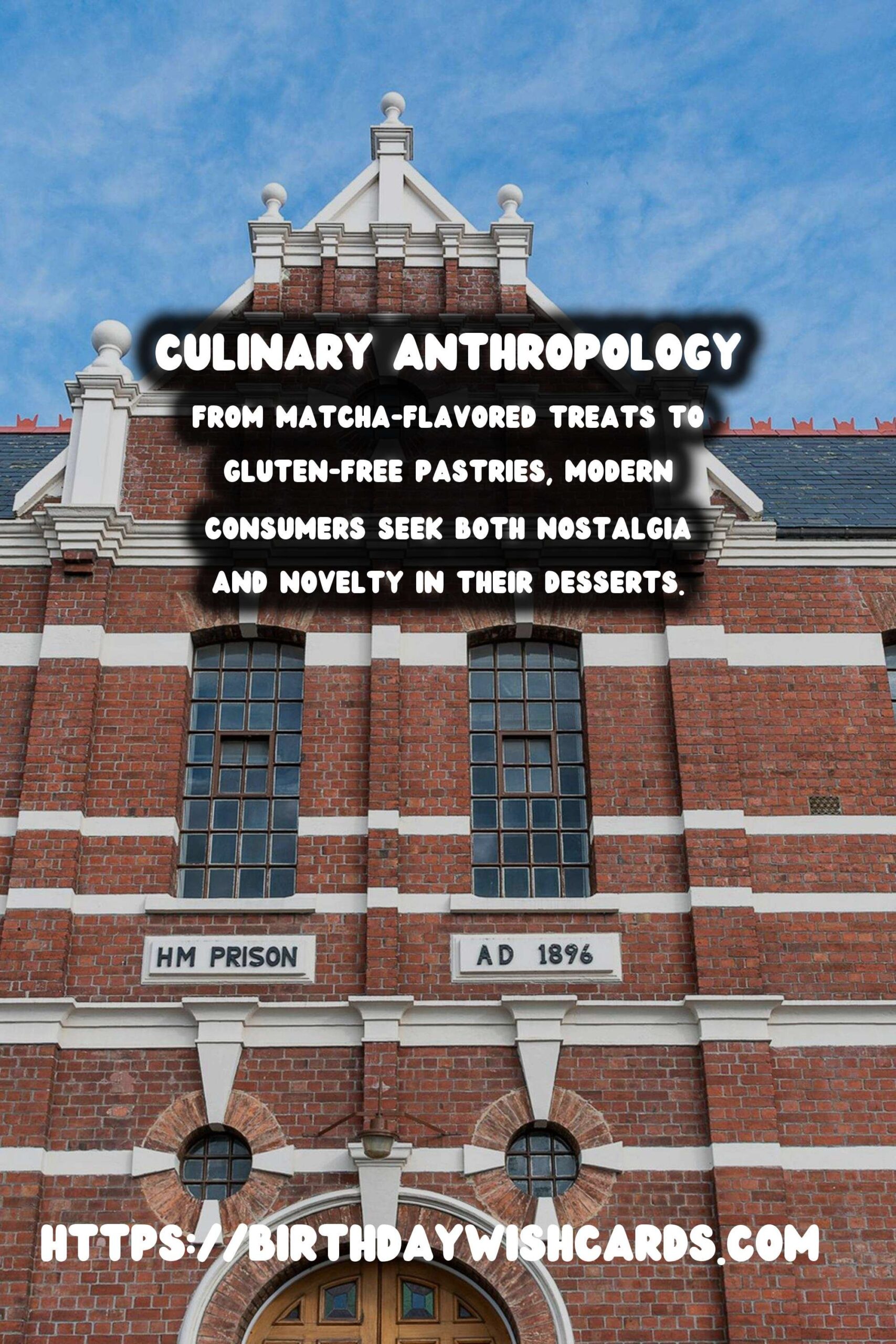
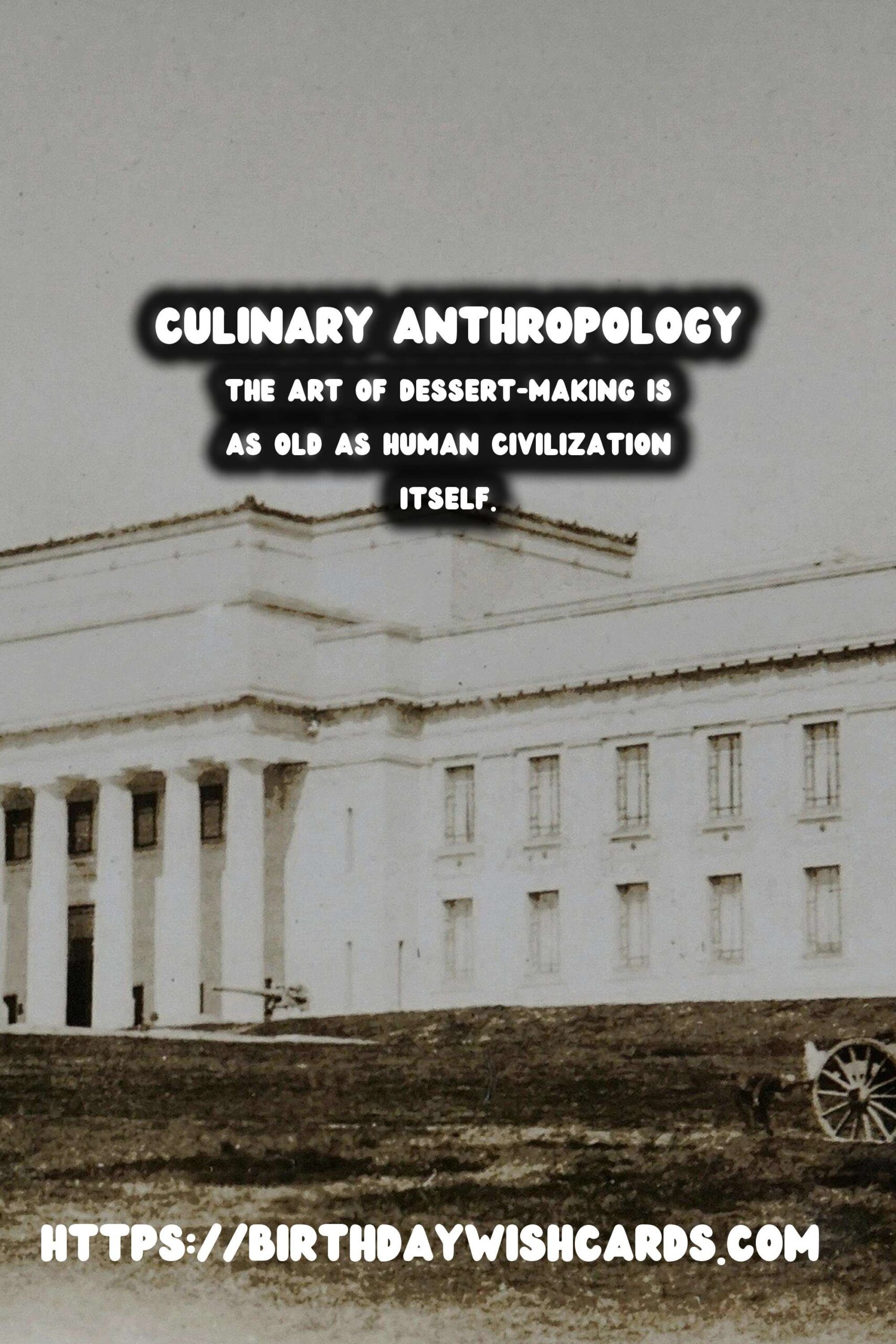

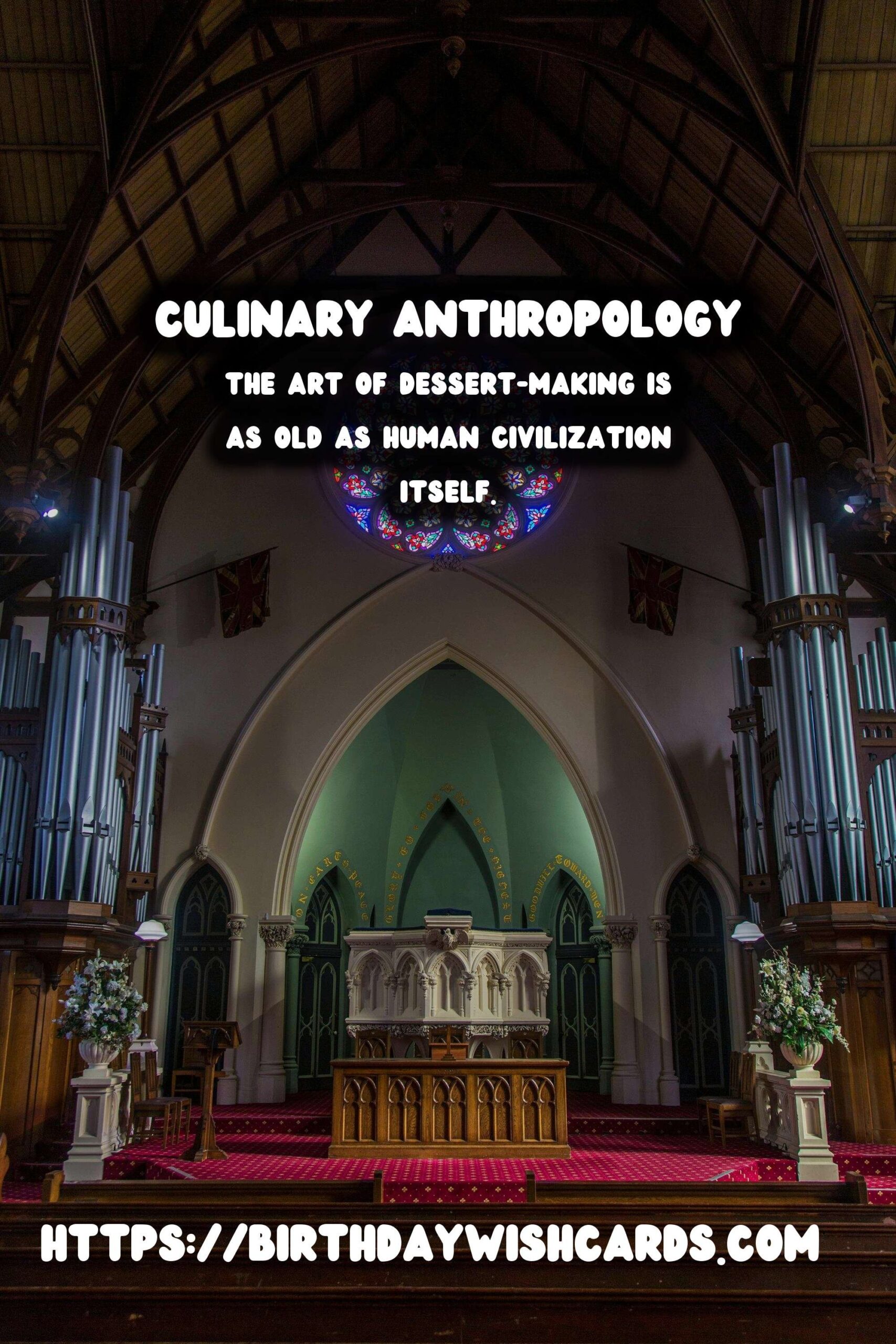
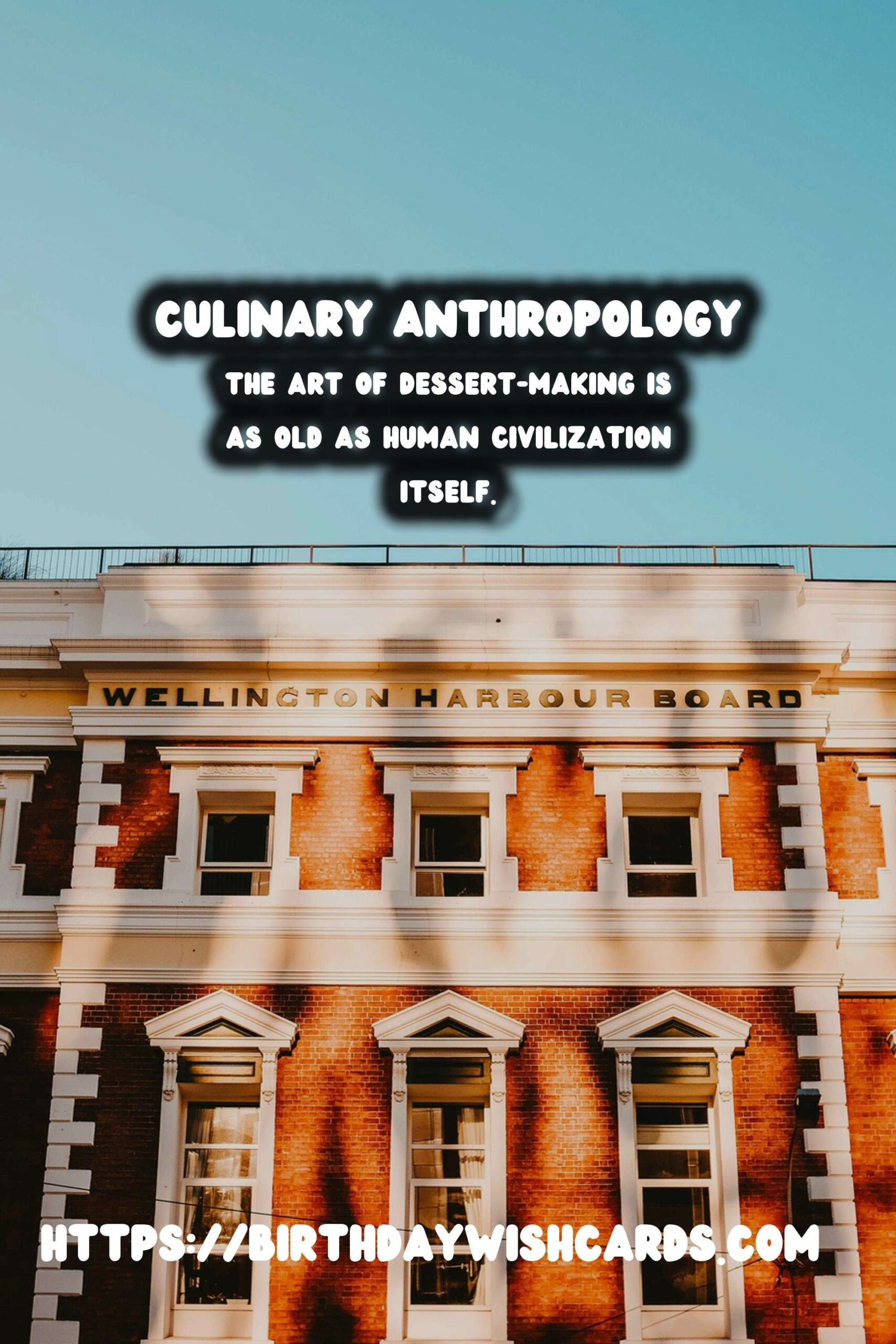
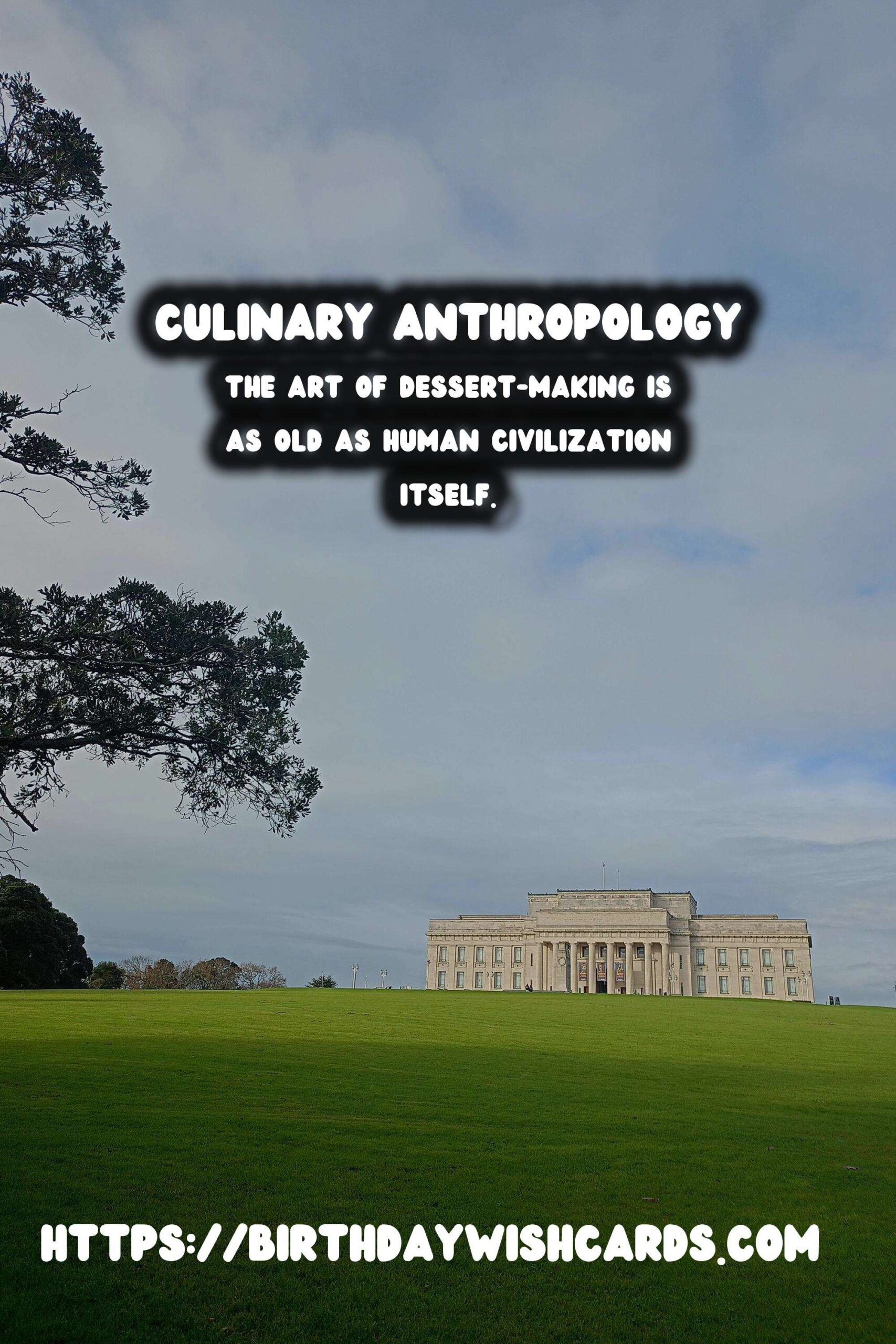
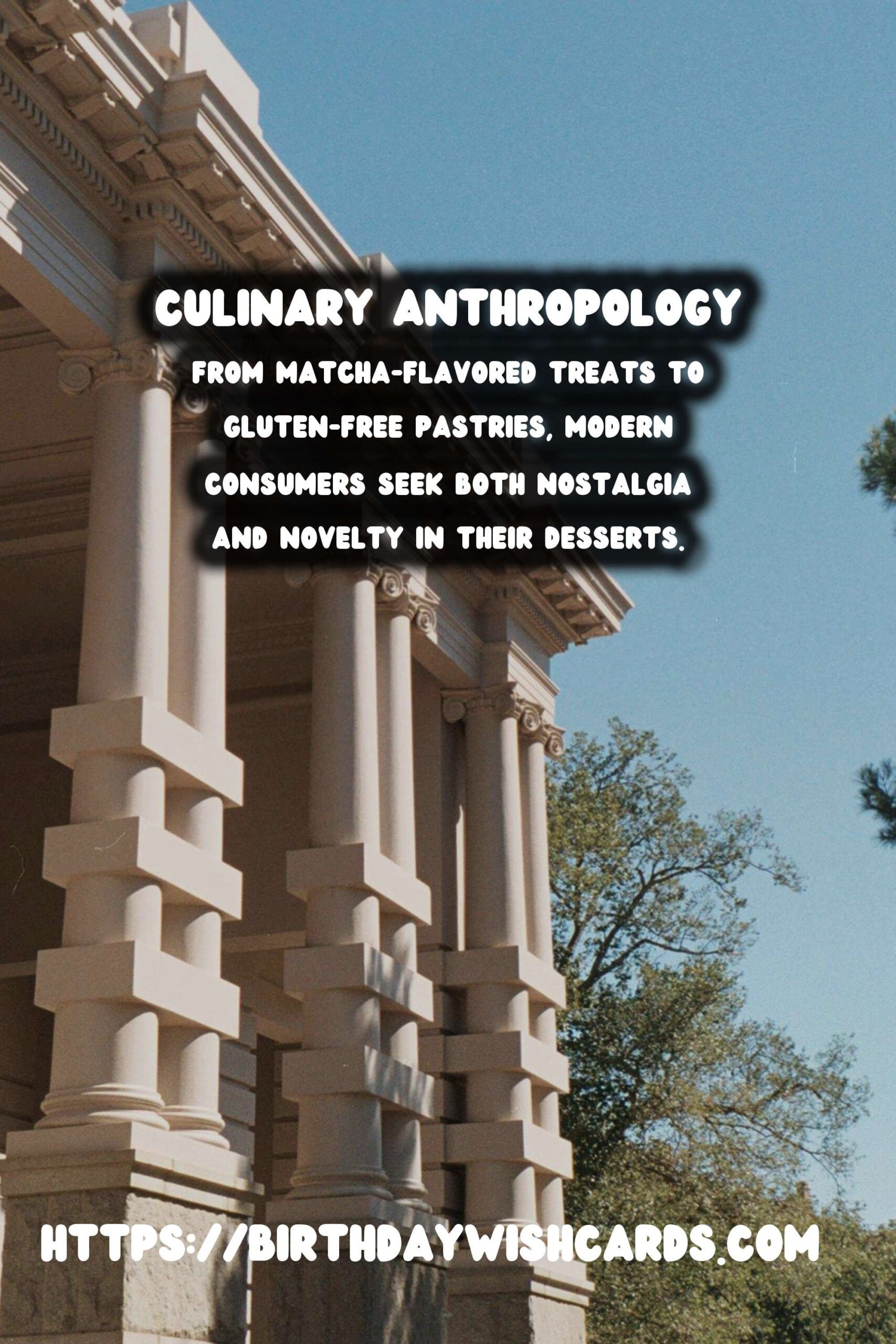
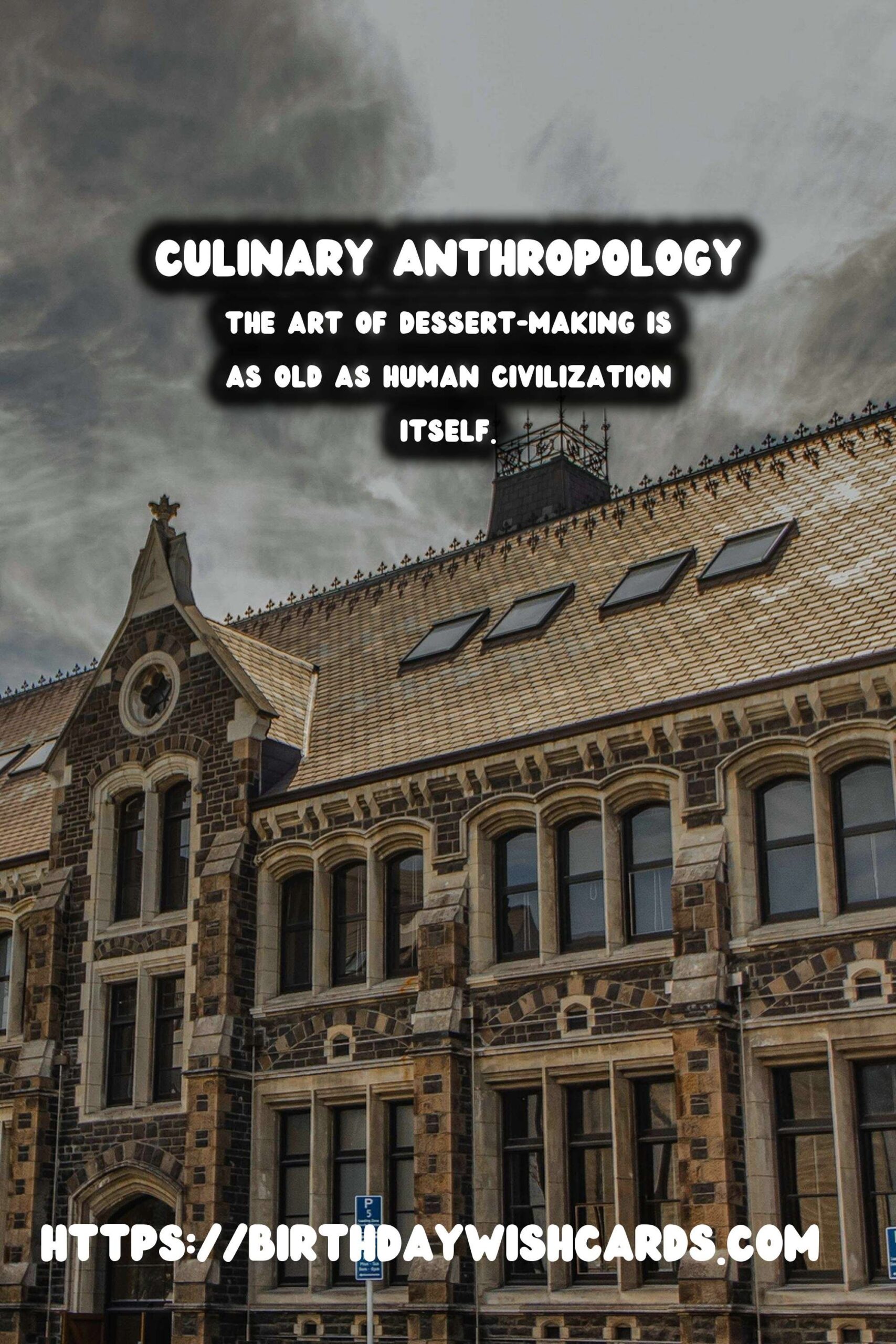
#CulinaryAnthropology #DessertHistory



